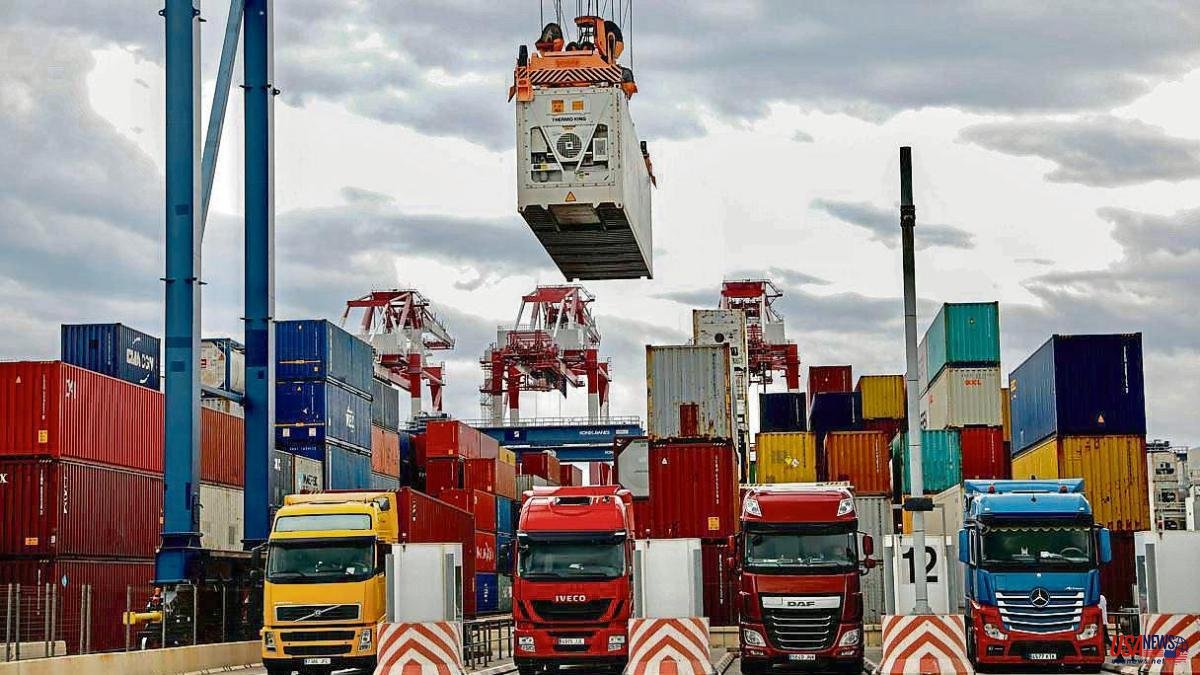After the storm the sun rises and so does the bill. Now that freight rates have begun to fall after a bubble in the last two years (the Freightos Baltic Index has fallen to December 2020 levels), the logistics sector is calculating the disruptions suffered after the covid on the routes operated by the shipping companies
According to the Unctad (United Nations) 2022 Maritime Transport Report released today, global shippers (exporting companies) have suffered losses of up to 10 billion dollars. Let's review.
The global logistics lockdown began in late 2020 and intensified in 2021. Ports were congested and struggling to keep up with increased demand, as terminals often did not have enough equipment, staff and storage space. In Northern Europe, some shipping companies wanted to gain efficiency by limiting the number of calls per rotation.
As a consequence, in 2021 the average delay in container transport doubled. On the routes between the Far East and North America, between the first quarter of 2020 and the last quarter of 2021, the time spent in port for container ships increased by 13.7% from 2 to 12 days.
“Since the pandemic began, the reliability of shipping companies' operational schedules has steadily decreased. Shippers have complained about the reduction in transport capacity and the high surcharges for delay and detention, and have asked governments for closer surveillance, ”they comment from Unctad.
One of the basic problems of this market is that the shipping companies operate in de facto oligopoly conditions. During the last five years, after mergers, acquisitions and alliances, the four main shipping companies (Maersk, MSC, Cosco and CMA-CGM) have increased their market shares, coming to control more than half of the world capacity (55% , according to Unctad).
The power to set prices has had its prize. After freight rates have quadrupled, since the pandemic these companies have accumulated record profits. Between the second quarter of 2020 and 2022, the EBIT (operating profit) of the entire industry has exceeded 400,000 million dollars, according to the Mascontainer portal. Some firms have marked triple-digit increases. To give an example, the net profits of CMA CGM in the last two years exceed the set obtained between 1978 and 2020.
But also for shipping companies the party is about to end. Since 2011, there has been an aging of the fleet. The current average age weighted by the number of ships is 21.9 years: they will have to be replaced.
Likewise, United Nations economists point out that this year the growth of maritime trade will moderate to 1.4% and between 2023-2027 it will only increase at a rate of 2.1% per year, which represents a lower rate than the of the previous three decades.
“The anticipated slowdown is due not only to pandemic lockdowns, but also to strong macroeconomic headwinds and a weakening China. In addition, rising inflation and the cost of living have led consumers to spend less, and spending has shifted away from goods to services," they say.
To all this we must add that on January 1, three new environmental standards of the International Maritime Organization come into force. The most immediate way to reduce emissions is slower shipping, but carriers can also switch to alternative fuels such as LNG, methanol, ammonia or electricity, or make operational changes. But, the report concludes, "this will mean increased costs and affect insurance coverage, as well as access to investment and capital in the future." The sea will continue to be rough.













